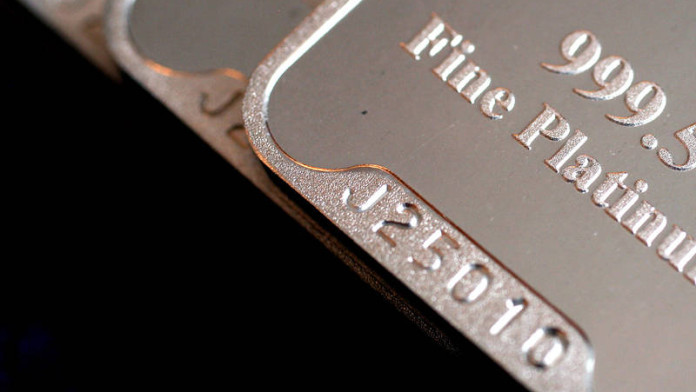
NORTHAM Platinum today set out details for a new 15-year, 26.5% black economic empowerment (BEE) transaction once it had wound up its current BEE deal with Zambezi Platinum created in 2015.
Before replacing the old with the new, the platinum group metal (PGM) producer said it would buy back the remaining outstanding preference shares held by Zambezi Platinum for about R2bn taking its total outlay since it started buying back preference shares to R9.2bn.
It would then dismantle the entire Zambezi Platinum structure in terms of proposals published today on the Johannesburg Stock Exchange which had so far had 58.2% of shareholder support. The company was hoping the transactions would be settled by July.
Northam CEO, Paul Dunne, hinted heavily last week at the firm’s interim results announcement that it was time for his company to take the next step in its development which involves doubling production to one million ounces a year of PGMs, largely funded from the initial Zambezi Platinum transaction.
The blow-by-blow contortions required to favourably wind-up the Zambezi Platinum BEE structure are intricate, but Dunne said that in essence, it was catalyzed by a simple mechanism: “It’s a buy-back of shares,” he said in a media call.
Northam has proposed purchasing about 25% of its shares in order to wind up Zambezi Platinum’s stake in Northam. The economic benefit to Zambezi Platinum shareholders will be equal in value to about 6% of Northam once Zambezi Platinum had accounted for its own matters such as paying its tax bill and transaction costs.
Northam shareholders would benefit from a reduction in issued share capital which falls to about 378 million shares from about 510 million currently if the proposals are accepted. “This will provide an uplift in equity value,” said Dunne who added – crucially – that today’s announcement “… does not preclude the payment of dividends”.
Dunne is optimistic regarding Northam and the trajectory of PGM prices in the coming years. He told analysts and media at the firm’s interim results last week the sector was heading for its best-ever market conditions in the next ten years. The company was positioned to average R35bn in cash generation over the next three years assuming current PGM prices were maintained, he said.
Said Dunne today: “The buy-back is being done at a very attractive price. It is very compelling for shareholders”. The buy-back is proposed at R152/share against a market price of R239/share on the JSE.
Post the transaction, Northam would remain well-positioned in terms of its overall indebtedness. “Our net debt to earnings before interest, tax, depreciation, and amortisation (EBITDA) will be more favourable than on December 31,” said Alet Coetzee, Northam CFO.
Regarding the proposed new BEE structure, “… none of the current Zambezi strategic partners will participate” said Northam. “At the current Northam share price, the extended BEE transaction is valued at about R33.1bn and will be funded exclusively by Northam. No external funding will be introduced,” the company said.
The new BEE deal would also require a new structure with Northam shares held principally through the listing of a Northam Platinum Holdings company which will own 77% of Northam Platinum Limited. The current Northam Platinum entity would be delisted. A BEE vehicle through which general BEE investors could buy shares in Northam Platinum Holdings will be listed on the BEE segment of the JSE.
Zambezi Platinum is being wound up four years before its previously agreed maturation date, a decision Dunne said was informed by the firm’s assessment of “singularity risk” such as a market event before 2025 that could see Zambezi Platinum call on guarantees provided by Northam Platinum in terms of the current BEE deal.
Asked by an analyst why it was necessary to create a new BEE structure at all, Dunne said “that is a decision of Northam”, and was also directed by risk. The concept of once-empowered, always-empowered is still a court matter involving the Department of Mineral Resources and Energy.











